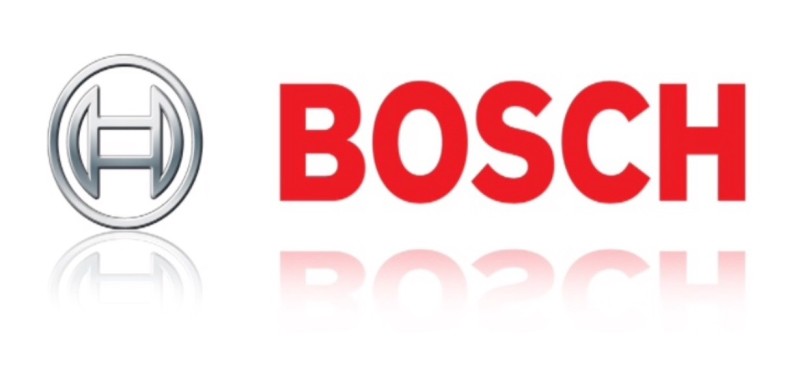The German company Bosch is apparently aiming to, over the coming years, create a 50 kilowatt-hour (kWh) battery for use in electric vehicles that only weighs 190 kilograms, based on recent comments made by a company researcher.
Considering the amount of money that the company is currently pumping into related research — €400 million ($455 million) a year is being put into “electro-mobility†— that goal isn’t exactly surprising, but would be quite a game changer nonetheless.
As we’ve reported previously, Bosch is currently predicting that roughly 15% of all new vehicles sold just a decade from now will have an electric power train — so, unsurprisingly, the company is really pushing to position itself to take advantage of this predicted growth. As part of that, back in August, it was revealed that Bosch acquired promising solid-state battery startup Seeo. It seems that acquisition is turning out well for the company… though, we can’t really know if that is related to this week’s news.
Green Car Congress provides more on the news:
Dr Thorsten Ochs, head of battery technology R&D at the new Bosch research campus in Renningen, says that to achieve widespread acceptance of electromobility, mid-sized vehicles will need to have 50 kilowatt hours of usable energy. With conventional lead batteries, this would mean increasing the weight of the battery to 1.9 metric tons, even without wiring and the holder, he notes. Today’s lithium-ion batteries are superior in this respect, storing more than three times the amount of energy per kilogram.
At a weight of 230 kilograms, the battery of a modern-day electric car provides approximately 18 to 30 kilowatt hours. But to achieve the desired 50 kilowatt hours, a battery weighing 380 to 600 kilograms would be necessary. Dr Ochs’ goal is to pack 50 kilowatt hours into 190 kilograms. In addition, the researchers are looking to significantly shorten the time a car needs to recharge. “Our new batteries should be capable of being loaded to 75% in less than 15 minutes,†Ochs says.
According to Ochs, simply improving lithium technology will be enough to achieve these goals. The utilization of lithium in the anode, rather than graphite, would for instance make it possible to greatly increase storage capacity, reportedly. Many other options for improvement exist as well, of course.
Originally published on EV Obsession.


